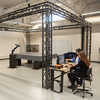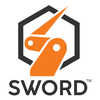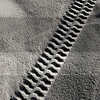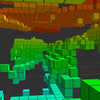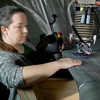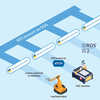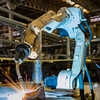Better Safe Than Starry: Cybersecurity for Spacecraft
Submitted by Henry Haswell on Tue, 10/01/2024
When we think of space exploration images of rockets, astronauts, and distant planets come to mind. However, behind the scenes there's an invisible yet critical aspect of space systems: cybersecurity for flight software. For over 20 years, Southwest Research Institute® (SwRI®) has been at the forefront of this field, developing software and systems that control spacecraft. Now, our team has expanded to protect spacecraft from cyber threats.


